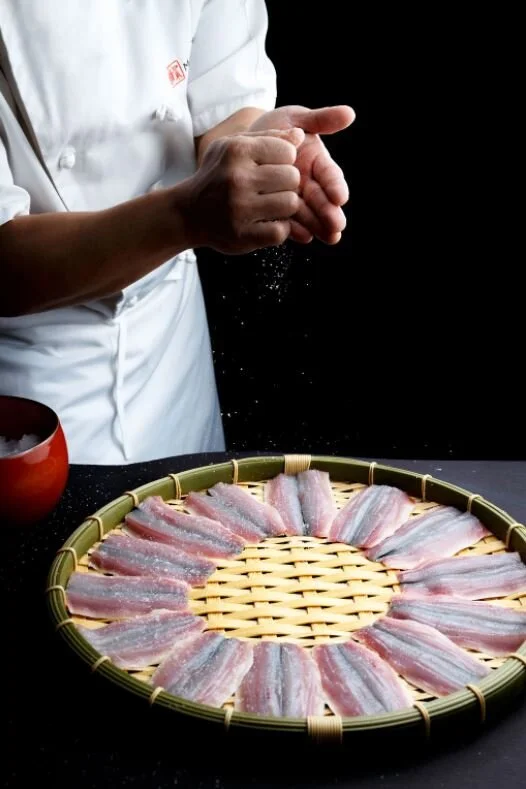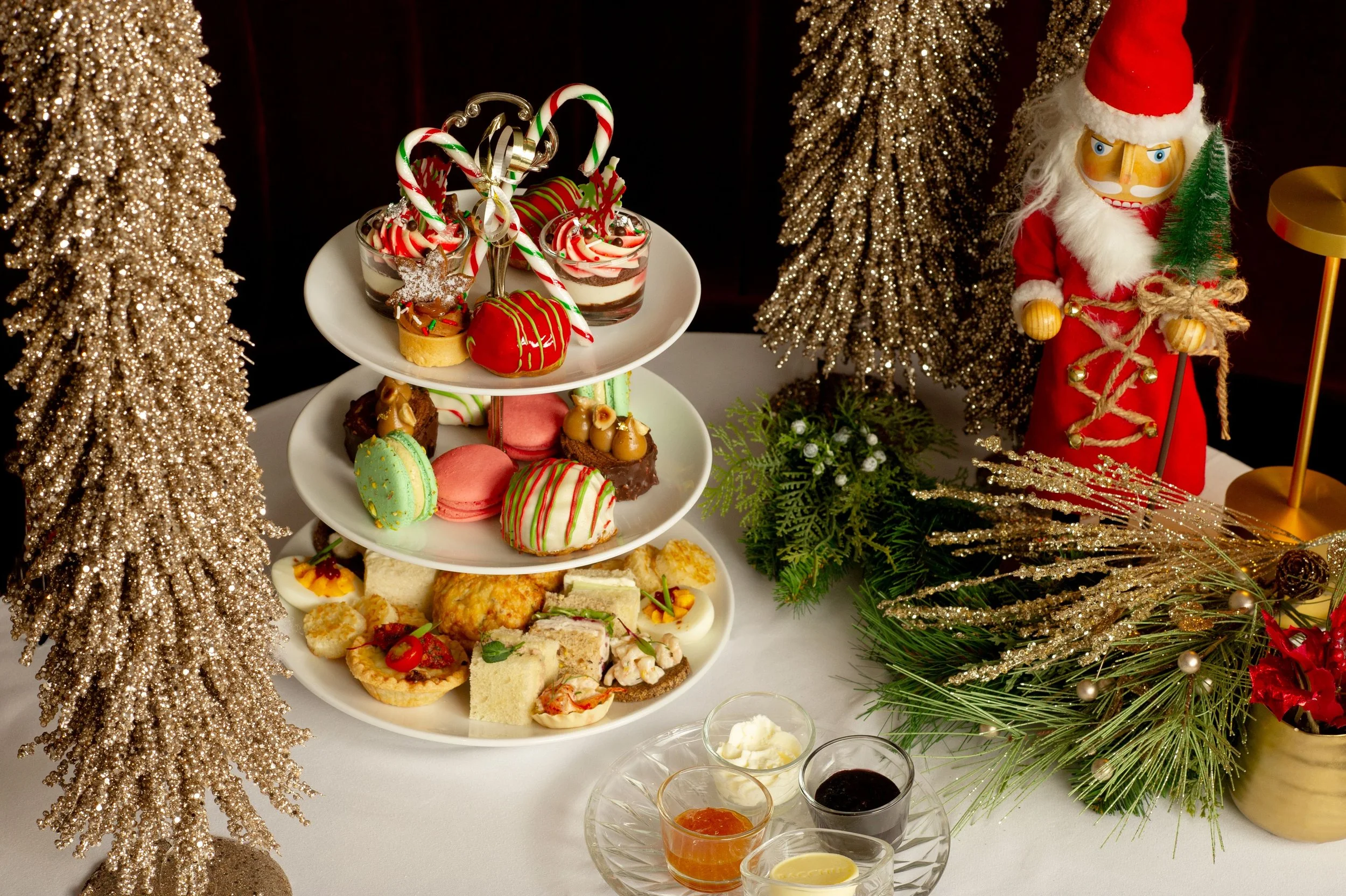For sushi master Masayoshi Baba, all the restaurant's a stage
Omakase is on the menu at Masayoshi, and chef Baba is in the spotlight
Omakase sushi restaurant Masayoshi, owned and operated by chef Masayoshi Baba, is celebrating its fifth anniversary. Photos by Leila Kwok
SUSHI DINNER AT Masayoshi is unlike any other in the city. With just 16 seats and seven bar stools (take away half of those because of COVID-19), this tiny Fraserhood restaurant serves only omakase—which translates to “I’ll leave it up to you”, meaning chef’s choice.
The chef behind the ever-changing multicourse tasting menu is Masayoshi Baba.
Snag a seat at the bar and you’ll feel yourself pulled into a meditative rhythm as he focuses on making red-vinegar sushi rice, tap-tap-tapping his rice paddle against a beautiful flat-bottomed wooden bowl called a handai. Made of sawara cypress, the dish has a large base, which helps the cooked rice cool down quickly, while the wood absorbs moisture from the grains. The technique is time-consuming and typically only seen in a handful of Michelin-starred restaurants in Tokyo. He carves ice blocks using a vintage set of knives that a friend gifted him and that he stores in a wooden box he made for them. He makes exquisite dishes like uni donburi with ground mountain potato and lobster roll with lotus root. He introduces diners to ingredients like ayu, or sweetfish, a delicious rare fish that smells like watermelon, and burigakko, smoked pickles from Akira in Northern Japan, imbued with flavours of apple, chestnut, or cherry from the wood chips that smoulder beneath in the process.
Remarkable for such a small and specialized restaurant, particularly given the times, Masayoshi is marking five years in operation at 4376 Fraser Street.
Having grown up in Yame, a city known for its green tea, Baba knew he wanted to pursue a career in food when he was 10 and read a book about a boy who became a sushi chef. He gained experience at restaurants in Fukuoka and Yamaguchi (where he is certified to handle fugu, or blowfish, a potentially deadly delicacy), before coming to Vancouver in 2006. He sharpened his skills at Tojo’s, spending a decade under the mentorship of Hidekazu Tojo. Baba changes his menu weekly, depending on availability of ingredients, and uses organic everything (even salt and sugar). Masayoshi is currently open at 50-percent capacity for two seatings (6 and 8 p.m.) Monday to Saturday.
“As it’s a small restaurant with a limited seatings, I can experiment with different ideas and be creative with the menu based on seasonality,” Baba tells Stir. “I also get to connect with local and overseas suppliers. I love changing my menu to reflect that.
“I love seeing my guests’ immediate reactions when they try my food,” he says. “Sushi itself is an art. I try my best to bring out the beauty of each fish and let my ingredients shine. From the way I handle the fish to the way I cook rice, the method—every little detail matters.”
He’s a master to be sure, but he sees his role as going beyond that of chef. He selects the jazz that plays in the background and loves watching diners’ childlike surprise when they see his collection of colourful sake glasses; they get to pick the one they sip from. He loves seeing their eyes light up as course after course (up to 16) comes out on minimalist earthenware or in special boxes. And he knows he’s the one being watched.
“I see myself as a street performer, and my sushi bar is my stage,” Baba tells Stir. “I have live audiences, and everything I do is choreographed with precision, from beginning till the end.
“Each movement, each pace, and the artistry I bring to my performance—everything has to be executed perfectly as I only have one chance to impress my guests,” he says. “Everything has to be handled perfectly, as I do not have room to hide flaws. My audience can see everything.”


















